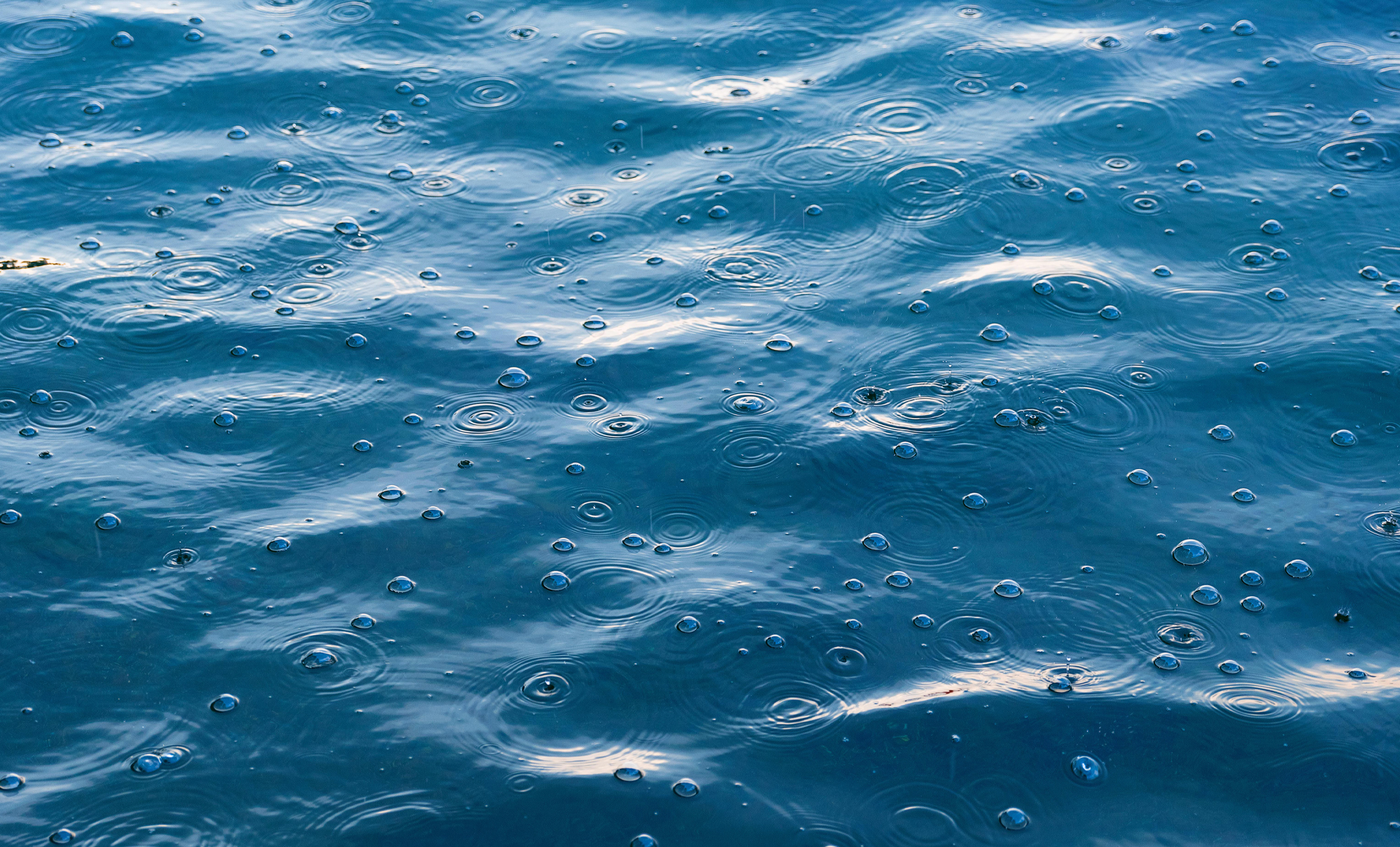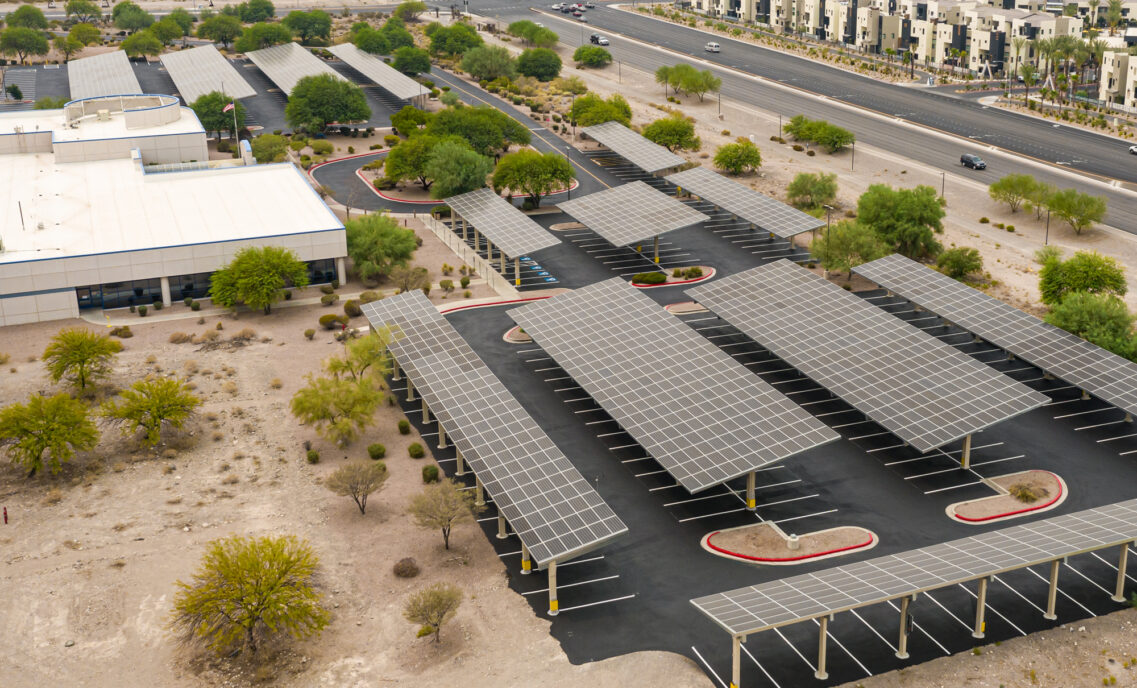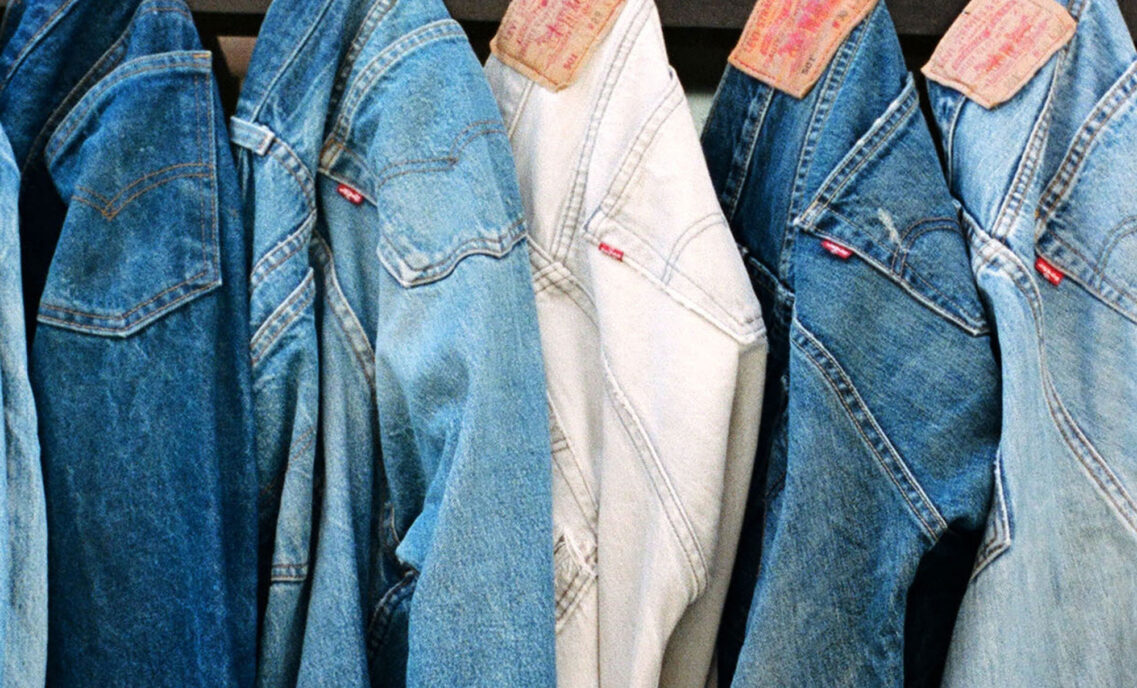Our approach to sustainability these days is inspired by the concept of circularity — swapping out the linear “take, make and waste” approach for a closed-loop system that recycles and reuses the same resources to create our products.
Put simply, circularity in fashion means designing products so that they can be used more, made to be made again, and are constructed with safe, recyclable and renewable inputs.
You can see that concept come to life in our approach to water. It’s no secret that making clothes is thirsty business, from growing cotton to dyeing and finishing garments.
“Water is one of the most crucial impacts embedded in your clothing because it is consumed throughout the value chain, from cotton production and garment manufacture to consumer use,” said Jeffrey Hogue, Chief Sustainability Officer at LS&Co. “To effectively address these impacts, we must ensure that production, supply chain practices and technologies ensure the effective use of resources, like water.”
Recycling is an increasingly important tool that can help cut our water footprint down to size. Between 2017 and 2020, the cumulative amount of water our suppliers recycled in our supply chain grew by 40 times, for a total of more than 9 billion liters of water since the launch of our water recycle and reuse standard, a key component of our leading-edge Water<Less® program. That’s the equivalent of the drinking water consumption in the U.S. for 30 days.
One of the best examples of the game-changing potential of recycled water played out recently in South Africa at our Epping factory. In 2020, we started using 100% recycled water for the facility’s manufacturing processes, piping it in from the municipal wastewater treatment plant. This meant that we could completely decouple production processes from the fresh water supply in Cape Town, where residents had faced down a “Day Zero” scenario that nearly exhausted the area’s water supply just a few years ago.
“This is an example of how we focus on the inherently local context of water stress and create solutions to do our part to alleviate our impact on scarce resources,” said Byron Thayer, who leads water strategy at LS&Co. “It’s a circular approach that protects our business while safeguarding the community and local water supply.”
This innovative approach marks a significant expansion in the way we think about recycled water. Now, with the success of the Epping project as our guide, we’re looking at how we can replicate the model — and encourage others in the industry to follow suit — of tapping into sources of recycled water rather than dipping into drinkable supplies.
Recycled water is not the only solution, not by a long shot. We are also investing in better ways of growing cotton that require less water, and we’re increasingly using fibers like hemp that need a fraction of the amount of water to grow. We continue to innovate and refine our industry-leading Water<Less® techniques that have saved 4 billion liters of water since 2011. 94% of the Epping factory’s products are now made with Water<Less® techniques, which have reduced the factory’s water use for manufacturing by more than 25%.
The stakes could not be higher. Today, over two billion people live in water-stressed areas around the world — and by 2050, that number will grow to include more than half the world’s population if no action is taken, according to the United Nations.
Driven by that knowledge, we’ve set ourselves an ambitious target to cut our water use for manufacturing in highly stressed areas in half by 2025 and we joined the Water Resilience Coalition, a group of leading global companies that has pledged to take collective action on the water crisis.
While we know that there’s no single, one-size-fits all solution, we’re confident that the path forward isn’t a straight line — it’s circular.







